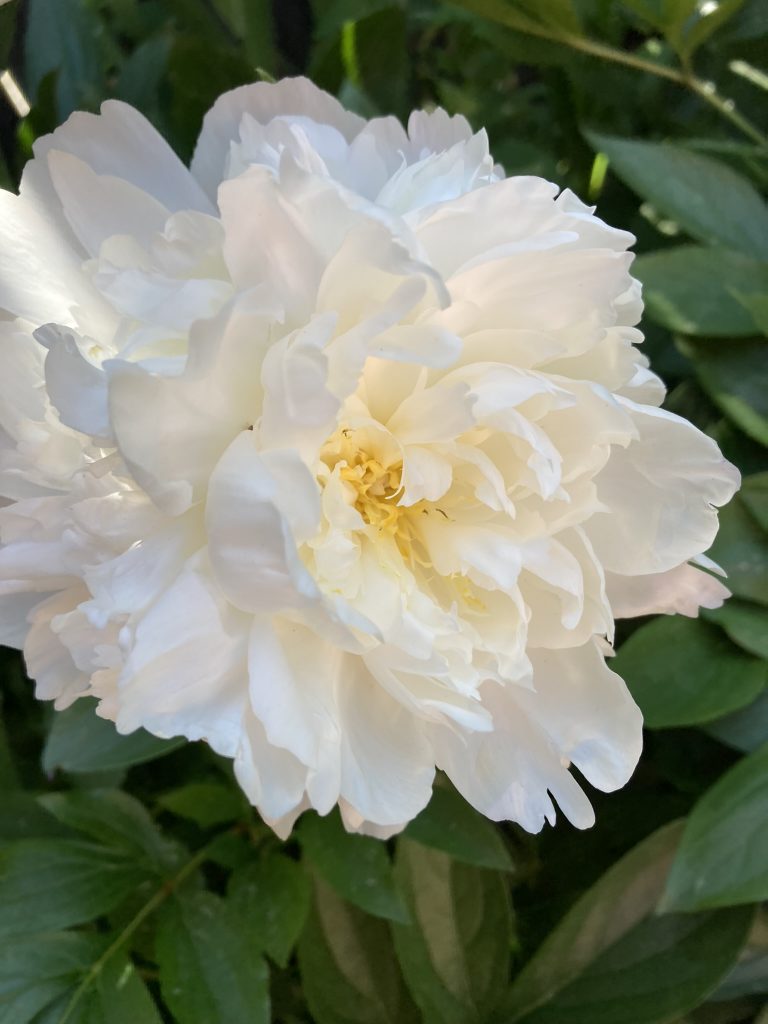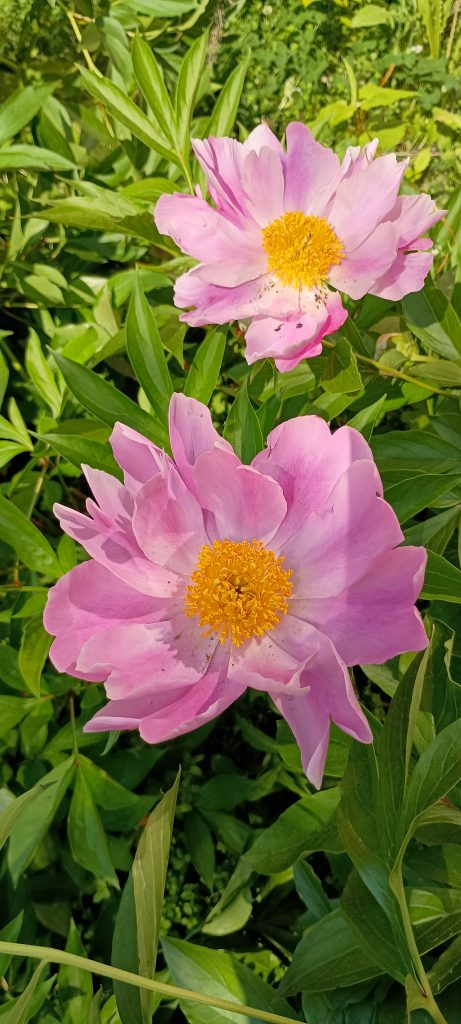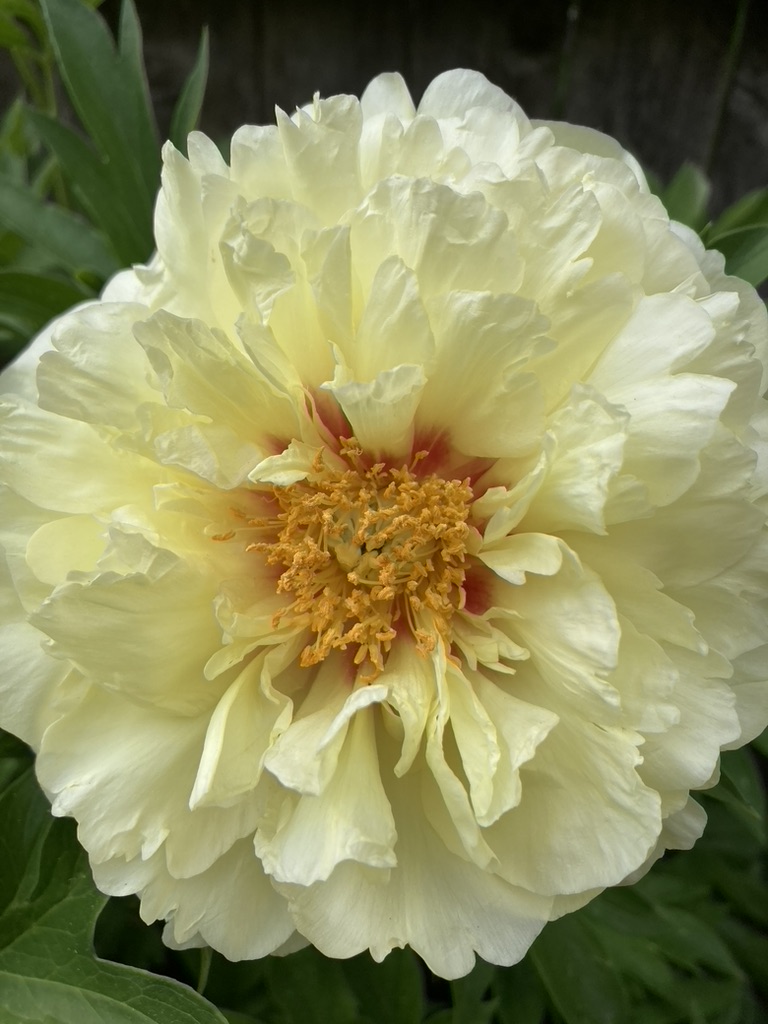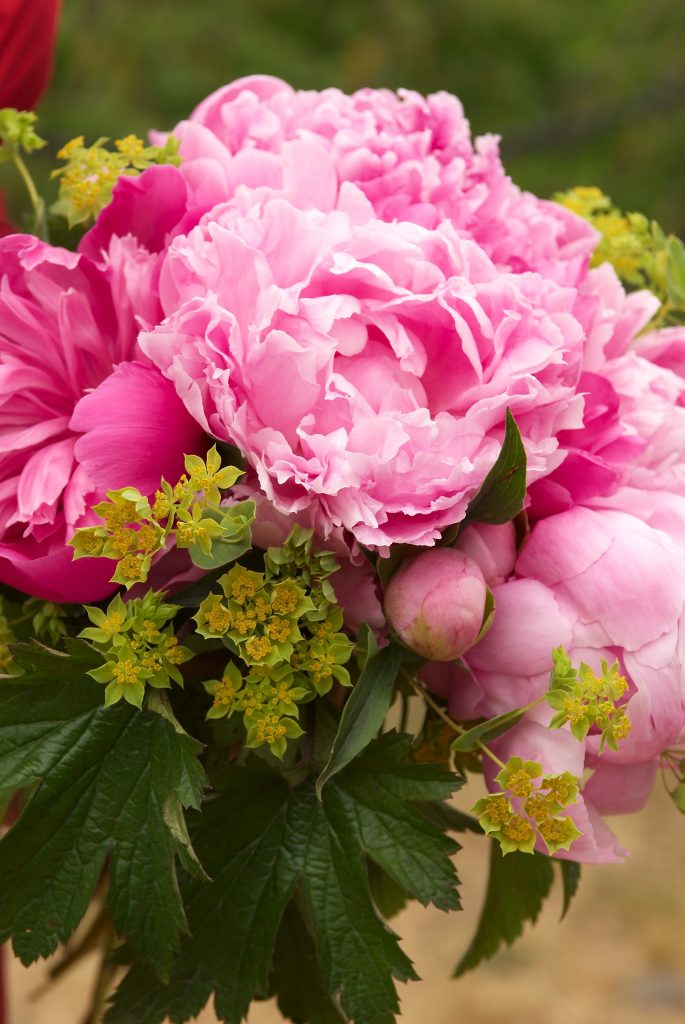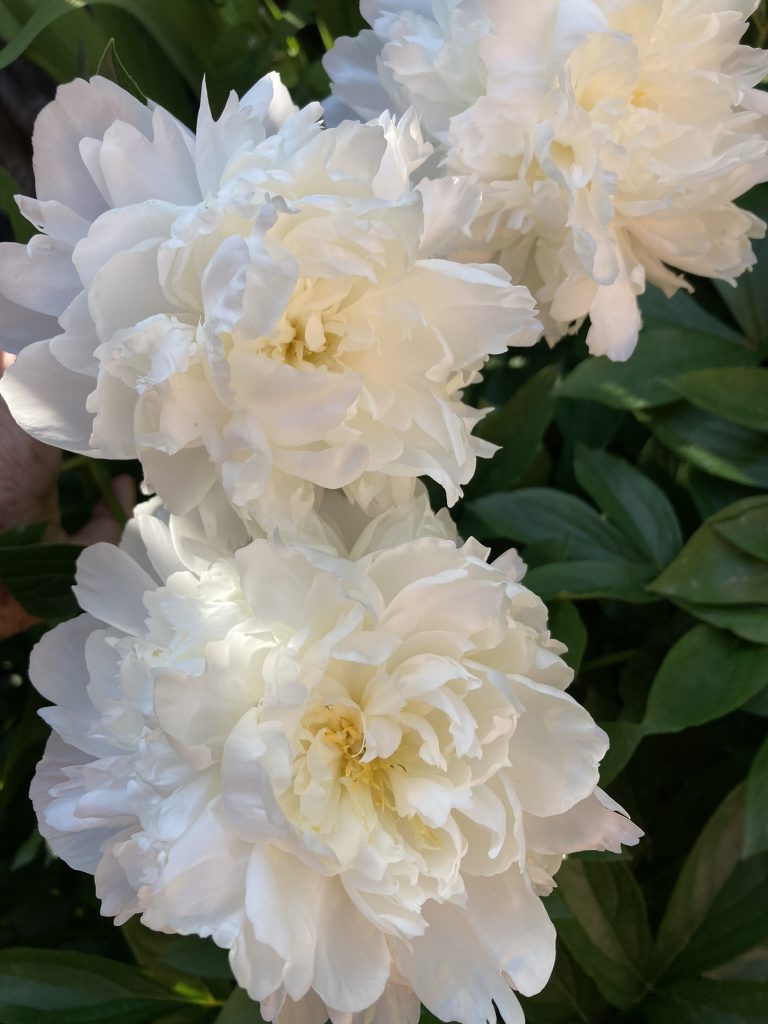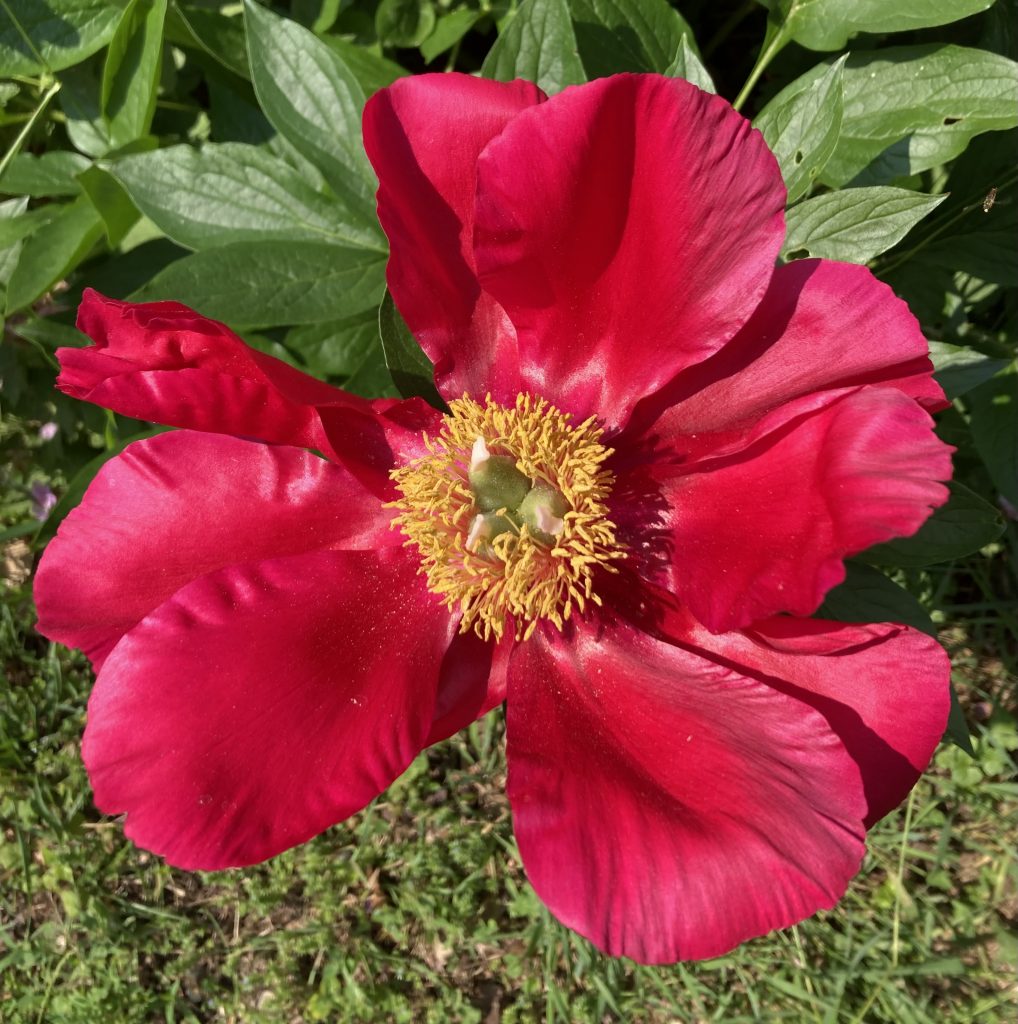Peony root is commonly used in Chinese herbal medicine. We use white and red peony, and also the outer bark of the tree peony.
Classically red and white peony were not differentiated; it wasn’t until the sixth century that their distinct therapeutic actions were recognized. Read on to learn more about the different varies we use medicinally.
I’m pretty much obsessed with peonies. I had a bouquet of lovely pink peonies at my wedding 18 years ago. My anniversary is next week!
Here are some peonies that I have been growing. None of these are the specific variety we use in Chinese herbal medicine. I’m working on getting the medicinal varieties next.
White Peony root – Bai Shao – Paeoniae Lactiflorae Alba Radix
sour, bitter, mildly cold
enters Liver, Spleen channels
Bai Shao nourishes and cools blood, softens the Liver, extinguishes wind and relieves muscle cramps and pain – especially when used with Gan Cao – licorice. Bai Shao is in the Tonify Blood category.
Bai Shao’s sour flavor restrains the Liver, anchoring the blood and preventing the yang from floating upwards. It is therefore used in formulas that have a calming effect and can be helpful with palpitations, anxiety or insomnia.
It harmonizes the nutritive Qi and is used together with Cinnamon Twig – Gui Zhi – to harmonize the surface / defensive Qi (aka immune system).
Red Peony root – Chi Shao – Paeoniae Radix Rubra
bitter, sour, slightly cold
enters Liver, Spleen channels
Chi Shao is bitter and therefore somewhat draining, and it is in the Regulate the Blood category. It invigorates blood, expels stagnation and stops pain. Like it’s white cousin, it is also nourishing to the Liver blood, but clears more heat from the blood.
Tree Peony root – Mu Dan Pi – Moutan Radicis Cortex
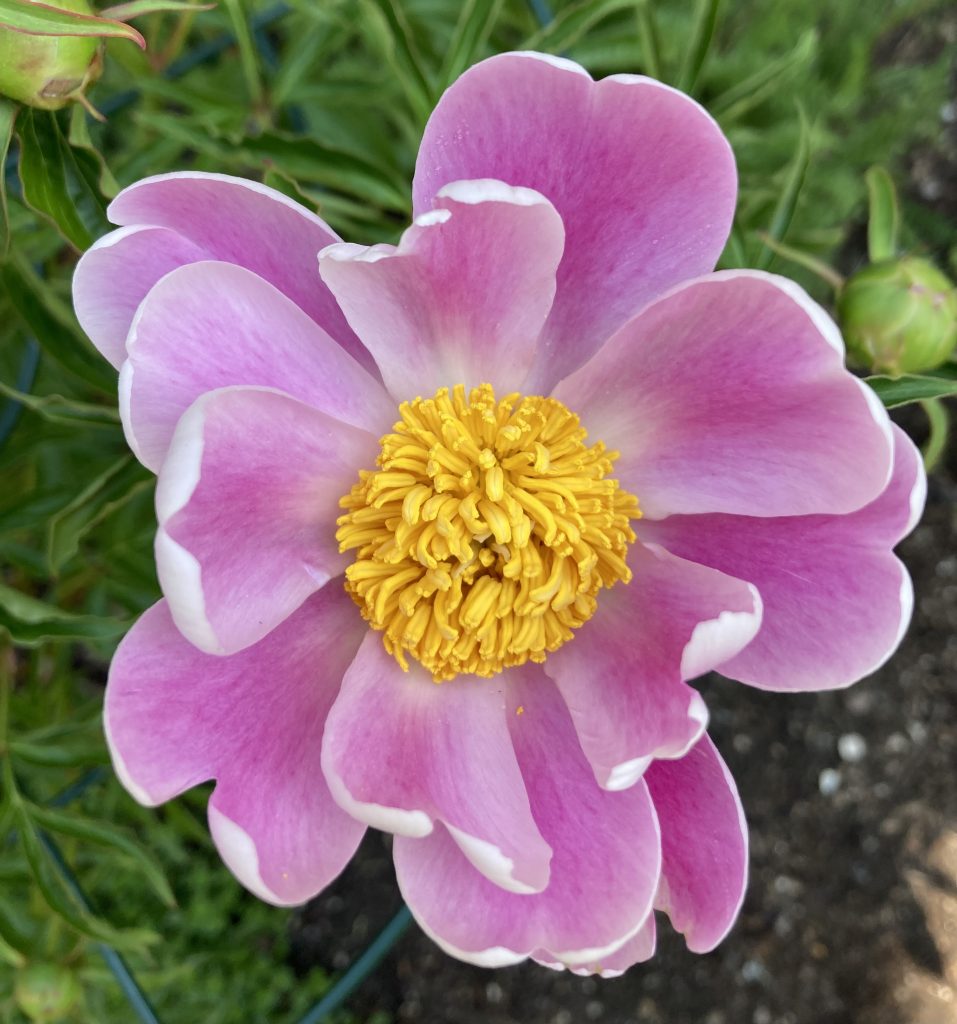
acrid, bitter, slightly cold
enters Heart, Liver, Kidney
I love the smell of Mu Dan Pi.
Mu Dan Pi is in the Clear Heat category and is often used with Sheng Di Huang – fresh rehmannia to clear heat from the blood. It also gently invigorates the blood to disperse stagnation. When used with Chi Shao – red peony – the invigorating properties are enhanced.
Tree Peonies have a woody stem that doesn’t die back every year. It’s the bark that is used medicinally.
I think this one is actually Peaonia veitchii even though when I bought it said it was a tree peony. Let’s see if I can get a real one for next spring.
Stunning, right?
